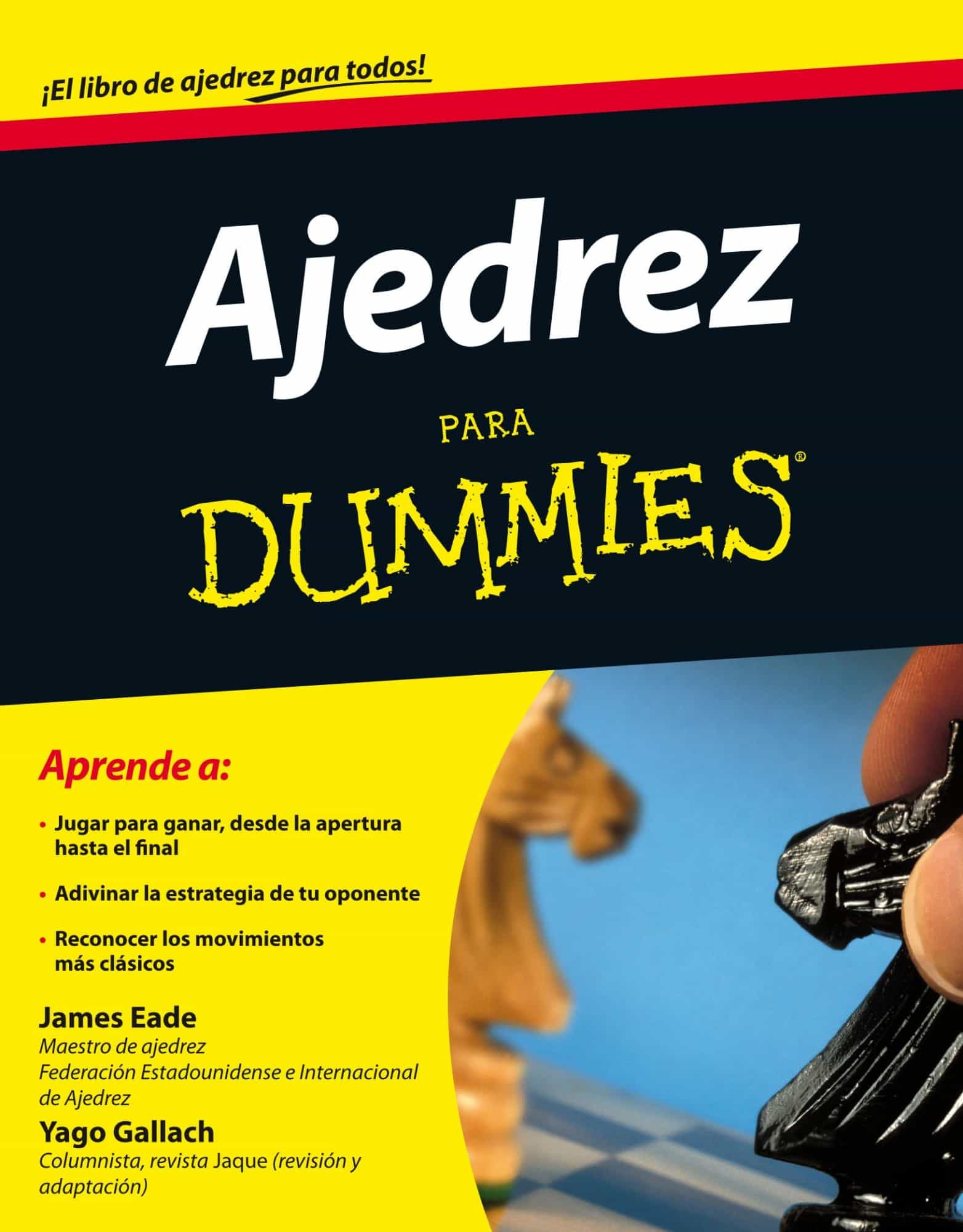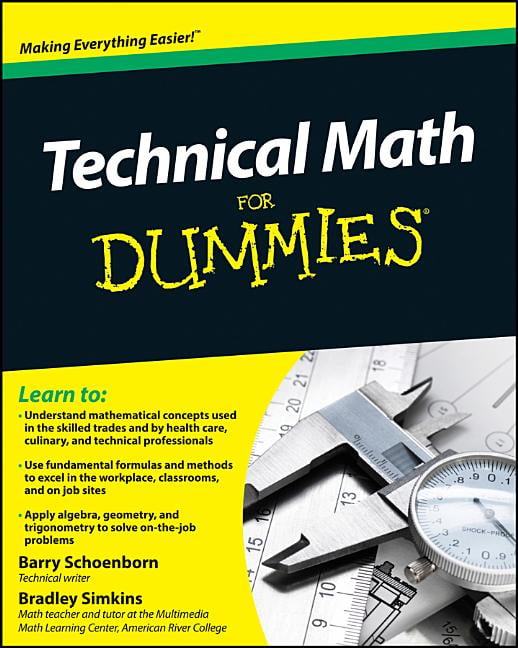
You can extend a table’s functionality using table grouping elements. So, we used which applies bold text effect to the text. Note: Values inside the first are headings. If you don't trust the linked page, you can define rel=”nofollow”. rel=” “ = It defines the relation of the current page with the linked page.

target=”_blank” is for the new tab and target=”_self” is for opening in the same tab.

#WHAT IS READYBOOST FOR DUMMIES CODE#
The main use of this tag is for creating documentation of html files for future reference.Įxample: You can comment out any code by surrounding them in this way ->Īnchor is an invaluable tag which is used almost everywhere. The code will show up in the source code but will not be rendered. You can deviate some codes from rending using the comment tag. You can bold, underline, italic, mark, subscript, superscript and more! It will be necessary when you want to highlight a word or line from your content.Ĭode: You can highlight your text in many ways. Text in an html file can be formatted using many formatting tags. You should use them in the correct hierarchy. The most important heading is tagged with and the least important with. You have to use these tags to structure your main page content. It makes a page compatible to them who don't allow scripts in their web browsers.Īll the body tags go between and. Noscript tag works when scripts are disabled in a web browser. One is the type and another is the source (src). It can have two attributes in the opening tag. The script tag is used for including a server-side script or making a link to an external script file. Meta tags are a must if you want to optimize your page for search engines. Search engines and other web services use these information. Meta is another self-closing tag that provides meta information of an html file. Here rel stands for relation with the file and src means the source. It is a self-closing tag and doesn’t need the ending. Its main use is linking HTML page with CSS stylesheets. Link tag links your HTML page with external resources. Title tag appears on top of your browser. The closing tag has everything same but an extra forward slash (/) after the less than (<) sign. The opening tag has the keyword surrounded by a less than () sign. HTML tags usually have an opening and a closing tag. You also have to make sure that they have used them in the right way. HTML is the collaboration of hundreds of different tags. What you exactly see on a website is the rendering of codes between and.
#WHAT IS READYBOOST FOR DUMMIES UPGRADE#
Doing it with the etcd Operator simplifies operations and avoids common upgrade errors.Congrats! You have created your very first HTML file. Upgrade - Upgrading etcd without downtime is a critical but difficult task.

For example: Backup every 30 minutes and keep the last 3 backups. Users only need to specify the backup policy. Resize - Users only need to modify the size in spec and the etcd Operator will take care of deploying, destroying and/or reconfiguring cluster members.īackup - The etcd Operator performs backups automatically and transparently. The etcd Operator provides the following features:Ĭreate/Destroy - Instead of specifying tedious configuration settings for each etcd member, users only need to specify the size of the cluster. The etcd Operator installs with a single command and allows users to configure and manage the complexities of etcd using simple declarative configuration that creates, configures, and manages etcd clusters. The etcd Operator manages etcd within the Operator Framework and serves to simplify etcd cluster configuration and management. Using an Operator, which represents human operational knowledge, makes etcd easier to use on Kubernetes or a Kubernetes container platform, like Red Hat OpenShift.


 0 kommentar(er)
0 kommentar(er)
